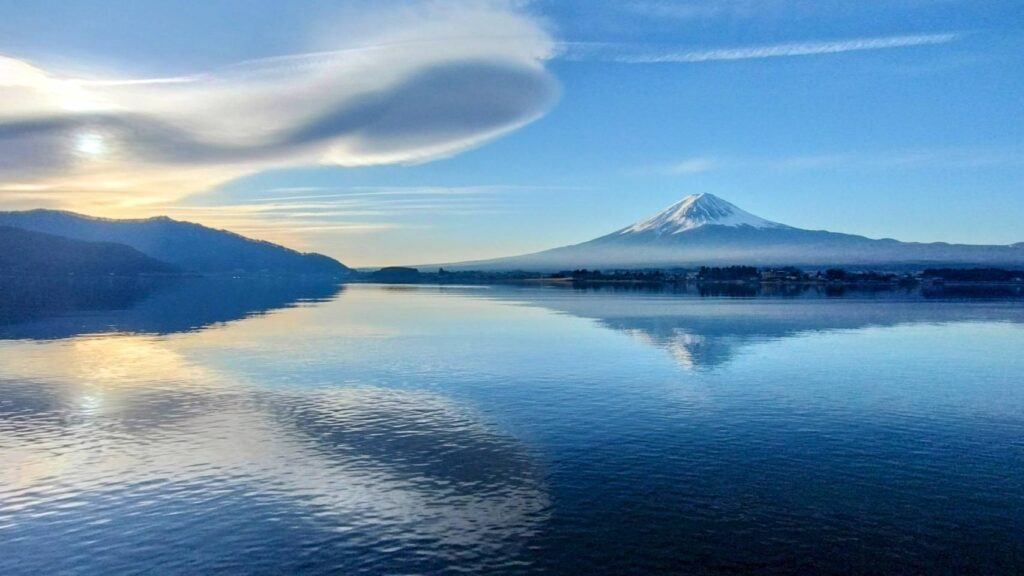
“Discover Mt. Fuji’s hidden charm around the Fuji Five Lakes”
Slow Trip Japan
Local Experiences Around Mt. Fuji and the Fuji Five Lakes
Explore the Mt. Fuji region through real stories from a local Japanese
living near the Fuji Five Lakes.
Every article is based on firsthand experiences — from lakeside walks
and hidden viewpoints to local food, onsen, and cultural spots.
What This Site Is About
Slow Trip Japan focuses entirely on Mt. Fuji and the Fuji Five Lakes area.
From Lake Kawaguchiko to Saiko, Shoji, Motosu, and Yamanakako,
I share real experiences, hidden spots, local food, and peaceful places
that aren’t listed in typical guidebooks.
If you want to explore the Mt. Fuji region slowly, like a local —
this site is for you.
About Mt.Fuji
Mount Fuji is Japan’s tallest and most iconic mountain, standing at 3,776 meters.
Located between Yamanashi and Shizuoka prefectures, it’s surrounded by beautiful lakes, forests, and peaceful villages.
More than just a mountain, Mt. Fuji is deeply connected to Japanese culture, spirituality, and art. It has inspired countless poems, paintings, and pilgrimages for centuries. Today, it remains a sacred symbol and a must-see destination for travelers from around the world.
Whether you admire it from the shores of Lake Kawaguchi or hike to its summit, Mt. Fuji offers a truly unforgettable experience.
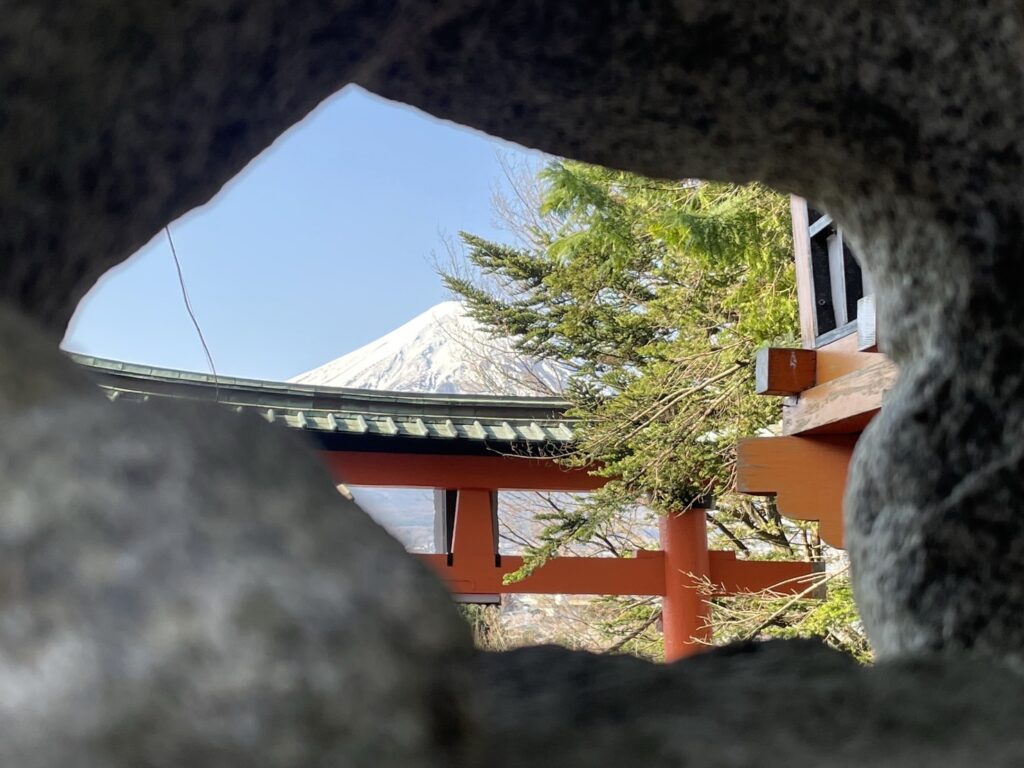
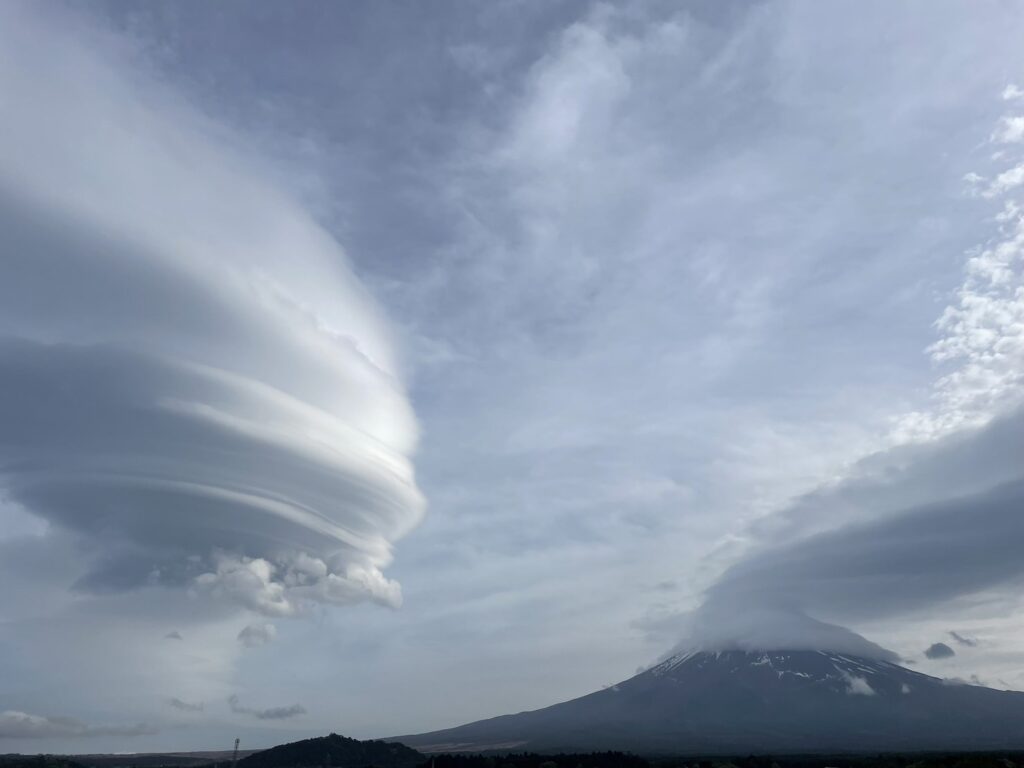
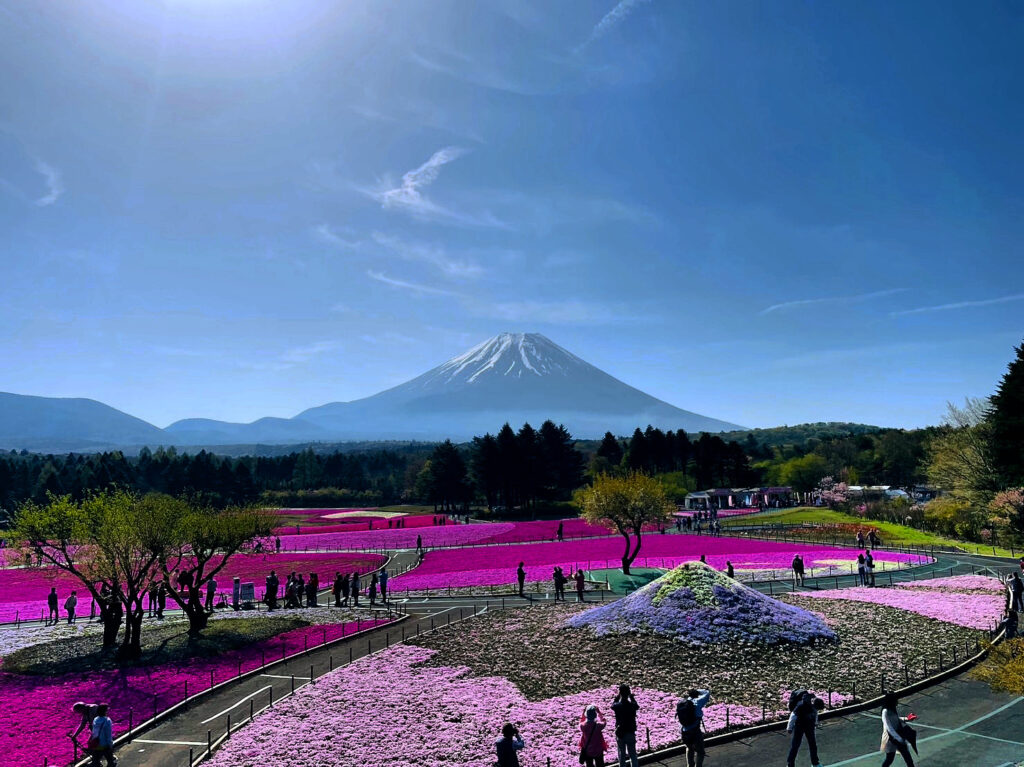
The Four Seasons of Fuji Five Lakes
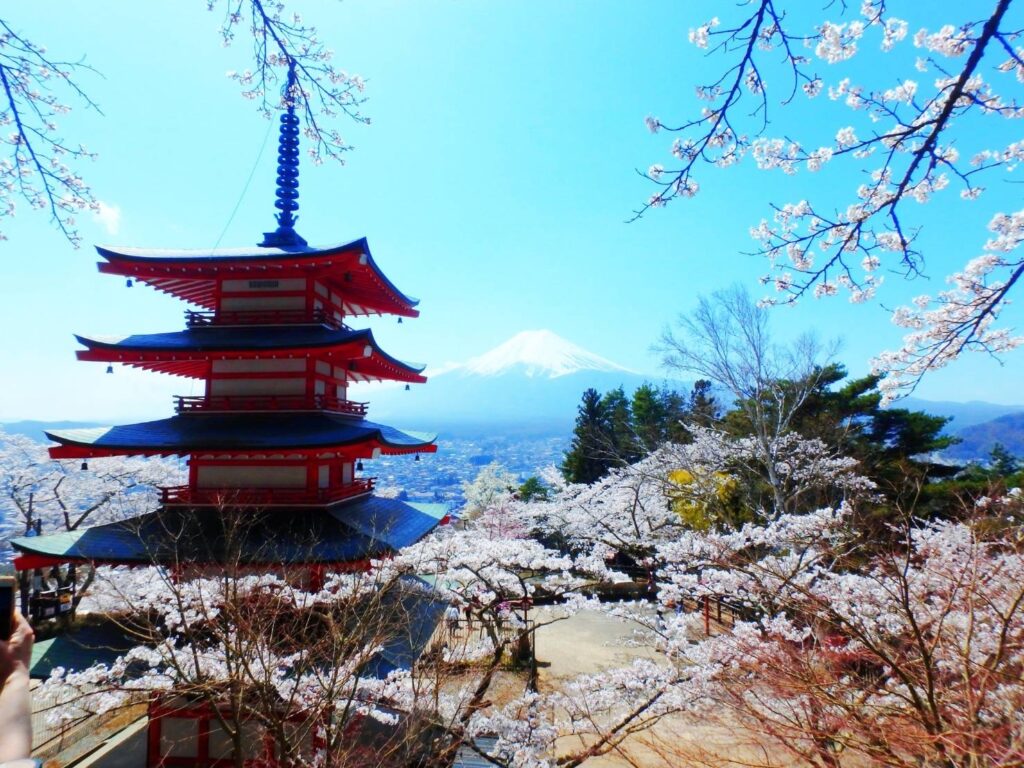
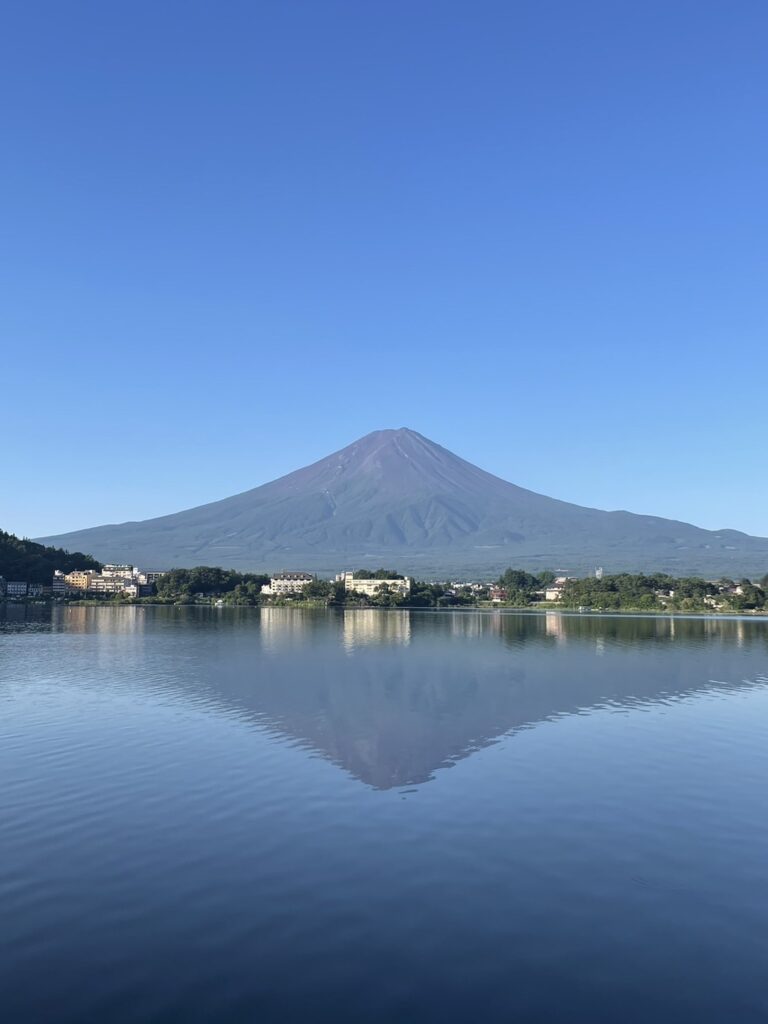
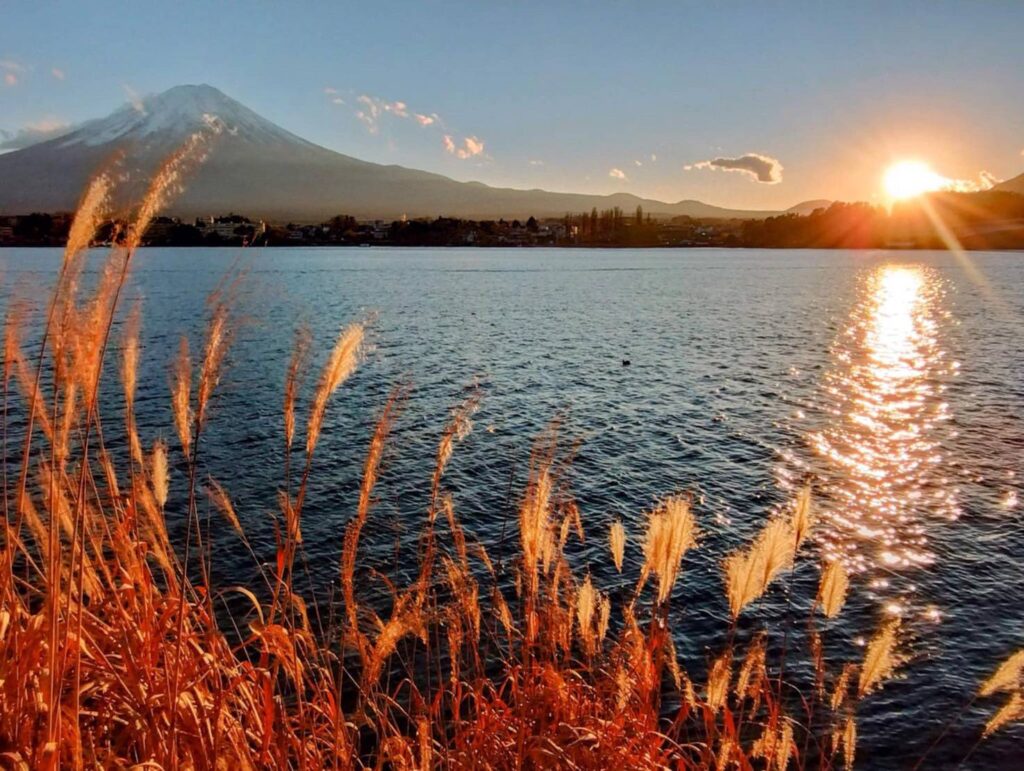
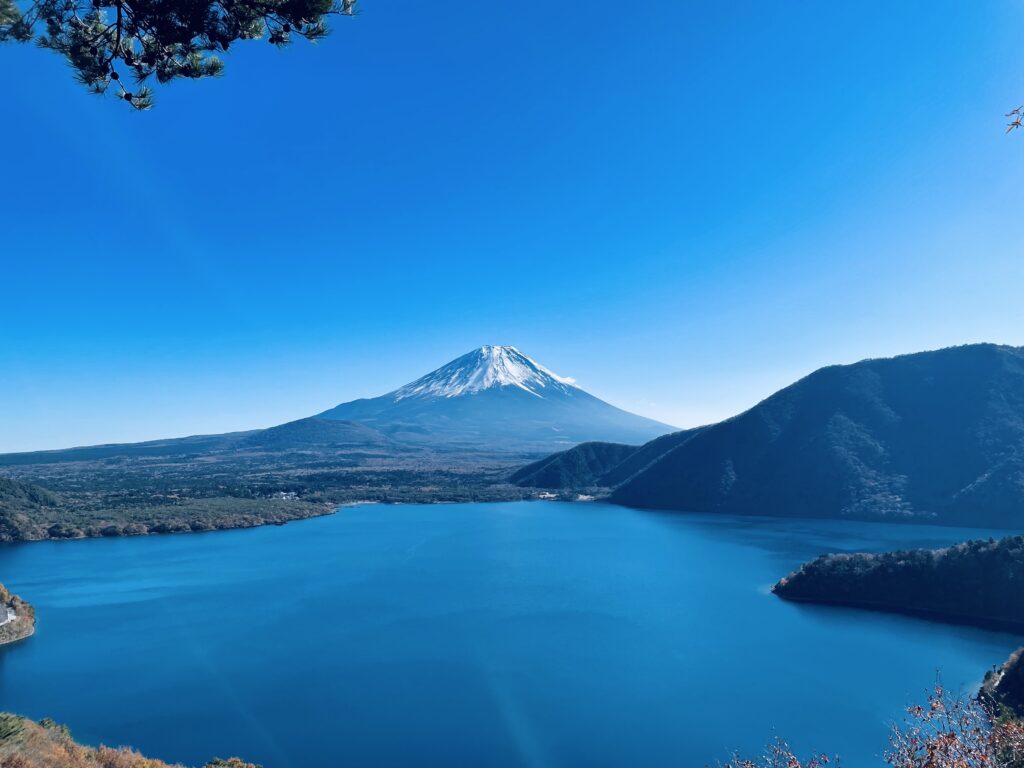
Japan has four distinct seasons, and each one offers a unique way to experience Mt. Fuji. Here’s what to expect in each season — and when you might want to plan your trip.
🌸 Spring – A warm and refreshing season when cherry blossoms bloom across Japan.
It’s the perfect time to enjoy beautiful views of Mt. Fuji with pink flowers in the foreground — a truly iconic Japanese scene.
☀ Summer – The season of festivals, fireworks, and outdoor adventures.
If you’re planning to climb Mt. Fuji, this is the time to go (from early July to early September).
The Kawaguchiko area is also a popular summer destination, offering cooler weather compared to Tokyo.
🍁 Autumn – With blooming cosmos, colorful autumn leaves, and silver grass swaying in the wind, fall is both scenic and comfortable.
It’s one of the best seasons for hiking and photography around the Fuji Five Lakes.
❄ Winter – Snow begins to cover Mt. Fuji, creating postcard-perfect views.
Cold air and clear skies make it the best season for visibility if you just want to see the mountain — no climbing needed.
So, when’s the best time to visit Mt. Fuji?
That depends on what you want to do and see — but there’s no bad season to experience this iconic mountain.
👉 Mt. Fuji Through the Seasons: When Is the Best Time to Visit?
About Fuji Five Lakes
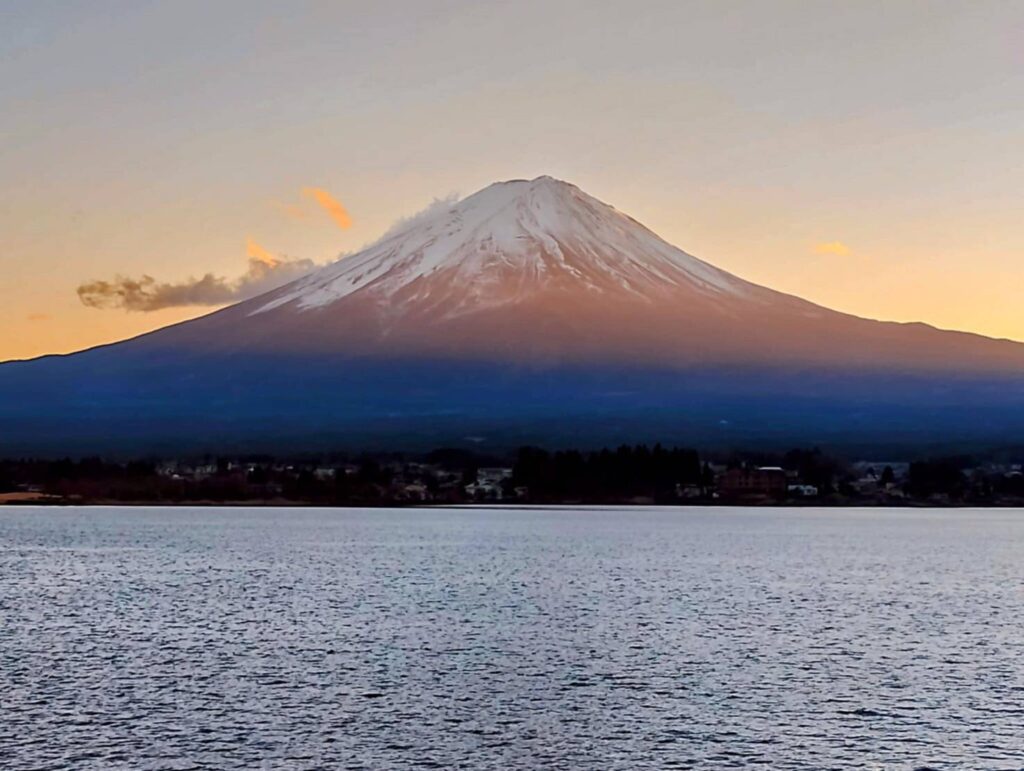
Lake kawaguch
Lake Kawaguchiko is the most visited of the Fuji Five Lakes,
but locals know it still has many quiet corners and hidden viewpoints.
From lakeside cafés to peaceful morning walks, it’s where you can enjoy
some of the most iconic Mt. Fuji views.
→ Read my full Kawaguchiko guide and discover local hidden spots.

Lake Yamanaka
Lake Yamanakako is perfect for outdoor lovers — cycling, scenic walks,
and relaxing cottage stays surrounded by nature.
On my recent visit, I stayed at a local cottage called “Perhe Yamanakako,”
and it became one of my favorite experiences near Mt. Fuji.
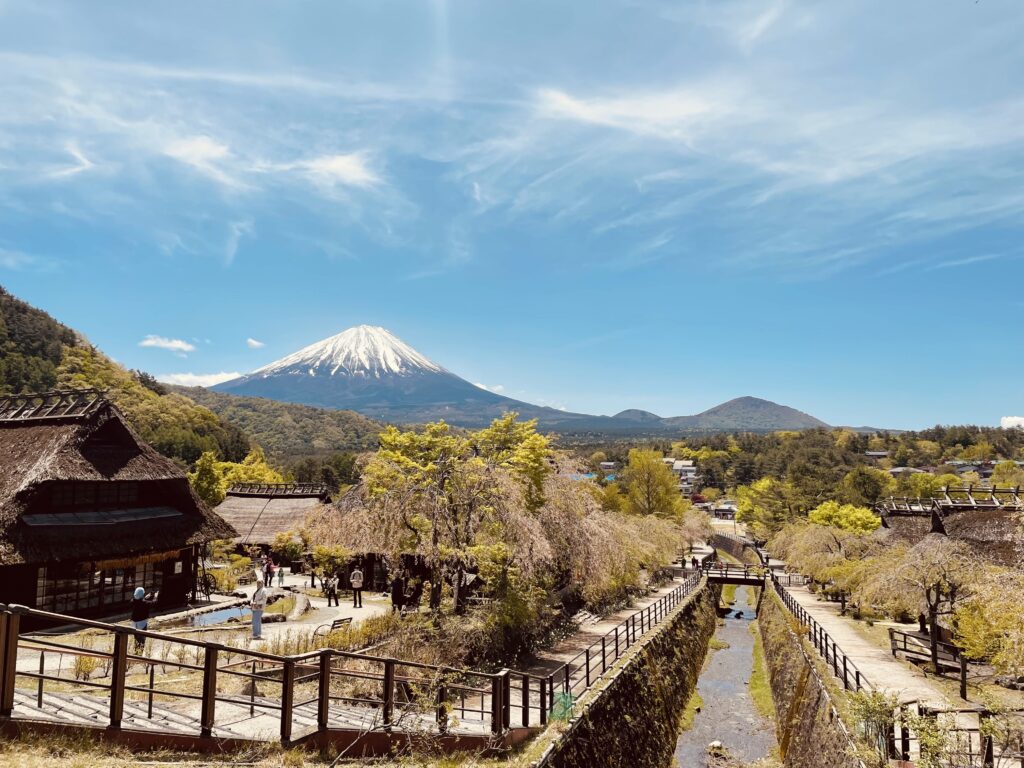
Lake Saiko
Lake Saiko is the quietest and most peaceful of the Fuji Five Lakes.
If you want to experience old Japan and slow mountain life,
“Iyashi no Sato Nenba” is the perfect place —
a beautifully preserved village with traditional thatched-roof houses.
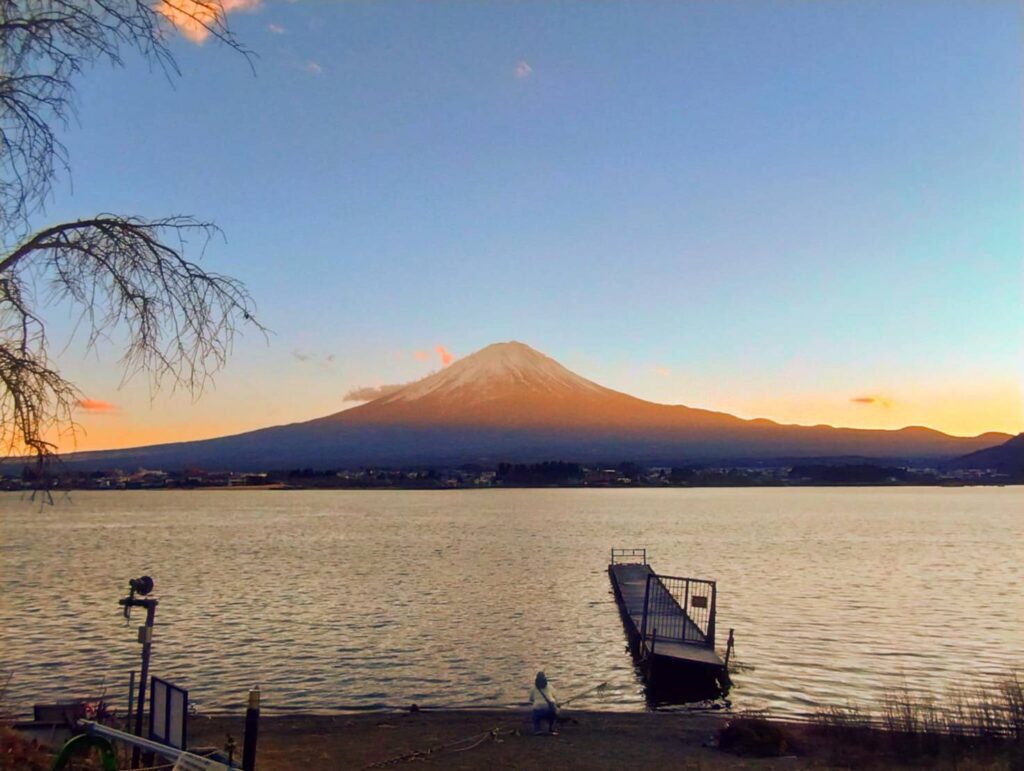
Lake Syoji
Lake Shoji is small, calm, and known for its early-morning reflections of Mt. Fuji.
It’s a perfect spot for travelers who want a quiet, untouched side of
the mountain — away from the crowds of Kawaguchiko.

Lake Motosu
Lake Motosu offers one of the most dramatic views of Mt. Fuji —
the same viewpoint featured on Japan’s 1,000 yen bill.
On my hike to Nakanokura Pass, the scenery was absolutely breathtaking,
followed by a relaxing lakeside drive and local lunch.
Want to dive deeper into Japan’s hidden gems?
Check out our latest blog articles!
